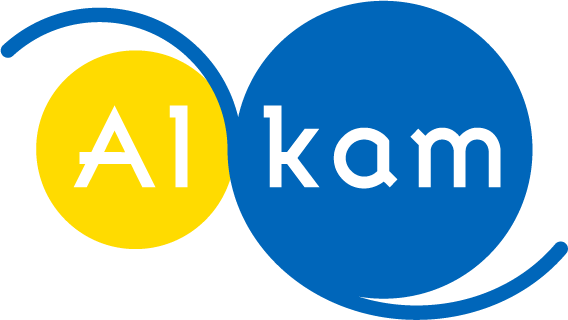Back wine label: what information should be included?
- Alkam

- Mar 12
- 3 min read

The back label of a wine bottle is essential for providing consumers with key product information. In addition to meeting legal requirements, a well-designed label can positively influence product perception and purchasing decisions. This guide explores the mandatory and optional information to include, the current regulations, and how we can help you create compliant, high-quality labels.
Index
Introduction
The back label of a wine bottle plays a crucial role in providing essential information to consumers. In addition to meeting legal requirements, an effectively designed label can enhance the brand's identity, influence purchasing decisions, and help differentiate your wine on the market. This article explores mandatory and optional label information, regulations, and best practices to ensure compliance and high-quality design.
The Importance of the Back Wine Label
The back label of a wine bottle is not just a legal requirement—it is also a valuable communication tool. Through this label, you can provide detailed product information, share the winery’s story, and convey brand values.
A clear and informative back label enhances customer trust and helps differentiate your wine in a competitive market.
Mandatory Information on the Back Wine Label
According to current regulations, the back label must include the following mandatory details:
Product Name (Sales Description)
Indicates the category of the product, such as "Wine," "Sparkling Wine," or "Fortified Wine". This helps consumers quickly identify the type of wine they are purchasing.
Alcohol Content
Expressed as a percentage (% vol), indicating the amount of alcohol in the wine.Example: "12.5% vol" means 12.5 ml of alcohol per 100 ml of product.
Nominal Volume
The total quantity of wine in the bottle, expressed in liters (L), centiliters (cl), or milliliters (ml).Example: "750 ml" or "75 cl".
Production Batch
A unique code that identifies the production batch, essential for traceability. This code is critical in case of quality control issues or recalls.
Country of Origin
Indicates the country or region of origin of the wine.Example: "Product of Italy" or "Wine from Bordeaux." This information enhances the wine’s authenticity and market appeal.
Allergen Information
It is mandatory to indicate allergens, such as sulfites, that may cause reactions in sensitive individuals.Example: "Contains sulfites."
Nutritional Declaration
As of December 8, 2023, a nutritional declaration is required for wines. This information can be provided electronically via a QR code that links to a dedicated webpage.

Digital Wine Labels on the Back of the Bottle
The introduction of digital labels marks a significant innovation in the wine industry. By using QR codes or links, consumers can access detailed product information, such as:
Complete nutritional declaration
Detailed list of ingredients
Additional information on production and sustainability
This solution helps maintain a clean and visually appealing back label while still providing consumers with all the necessary information in a digital format.
Wine Labeling Regulations
Wine labeling is regulated at both European and national levels. The main regulations include:
Regulation (EU) No. 1169/2011 – Covers food information provision to consumers.
Regulation (EU) No. 1308/2013 – Establishes a common organization of agricultural markets, including wine.
Legislative Decree of December 15, 2017, No. 231 – Implements European directives on product labeling.
Additionally, as of December 8, 2023, Regulation (EU) 2021/2117 has come into effect, introducing new wine labeling requirements.
Want to learn more? We’ve written a dedicated article on wine labeling regulations—click here to read it.
Optional Information on the Back Label
Beyond the mandatory details, the back label can include additional elements to enhance the consumer experience, such as:
Organoleptic Description – Tasting notes, aromas, and flavors of the wine.
Food Pairings – Suggested dishes that complement the wine.
Conclusion
The back label of a wine bottle is essential for providing consumers with key product details, ensuring regulatory compliance, and enhancing brand perception. A well-designed back label not only meets legal requirements but also plays a crucial role in influencing purchasing decisions.
With our expertise in wine label printing, we ensure that every detail of your label is meticulously crafted to boost your product’s success in the market.
Contact us today for more information!




Comments